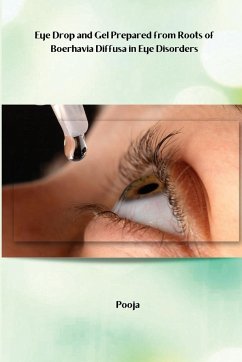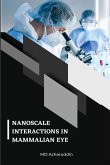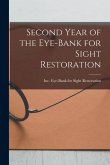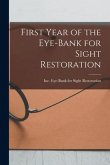Boerhavia diffusa of the family Nyctaginaceae, a highly useful plant in the indigenous system of medicine, is a perennial creeping herb. Its root is used in the treatment of cancer, jaundice, dyspepsia, inflammation, eye disorders, enlargement of spleen, abdominal pain and as an anti-stress agent. In the present study, besides Pharmacognostical, phytochemical studies and quantitative analysis, in-vivo tudies of aqueous distillate of B. diffusa roots has been made for the assessment of efficacy in the treatment of cataract. Pharmacognostical study carried out onshowed that theroots are externally brown and yellow internally. Under microscope powdered roots showed haracters like cork cells in surface view, and narrow fibers with sharp pointed ends and narrow lumen measuring up length, simple to 5-compound, physicochemical constants of roots of Boerhavia diffusa were, Foreign matter (1.0 % w/w), Total ash (8.54 % w/w), Acid-insoluble ash (0.25 % w/w), Alcohol-soluble extractive (12.38 % w/w ), Water-soluble extractive (15.15 % w/w)Loss on drying at 105 0 C (3.05 % w/w). The aqueous distillate was subjected to preliminary phytochemical screening for identification of various plant constituents. Presence of alkaloids, flavones, steroids, saponins, terpenoids, and glycosides were detected. Highest amount of sterol had been found in GCMS analysisandquantitative analysis by HPLC and UV spectrophotometer using betasitosterol as markar was also performed. Aqueous distillate was developed as eye drop and in-situ gel, complying with the requirements of Indian Pharmacopoeia.




![Treatise on the Eye and Ear [microform]: Rules for the Preservation and Restoration of Sight; Deafness, Its Causes and Progress Explained; New Discove Treatise on the Eye and Ear [microform]: Rules for the Preservation and Restoration of Sight; Deafness, Its Causes and Progress Explained; New Discove](https://bilder.buecher.de/produkte/66/66133/66133072m.jpg)
![The Student's Guide to Diseases of the Eye [electronic Resource] The Student's Guide to Diseases of the Eye [electronic Resource]](https://bilder.buecher.de/produkte/65/65574/65574474m.jpg)
![Adhesion of a Persistent Pupillary Membrane to the Cornea in the Eye of a Cat [electronic Resource] Adhesion of a Persistent Pupillary Membrane to the Cornea in the Eye of a Cat [electronic Resource]](https://bilder.buecher.de/produkte/65/65632/65632898m.jpg)
![Eye Movement Disorders [With CDROM] Eye Movement Disorders [With CDROM]](https://bilder.buecher.de/produkte/22/22783/22783824m.jpg)